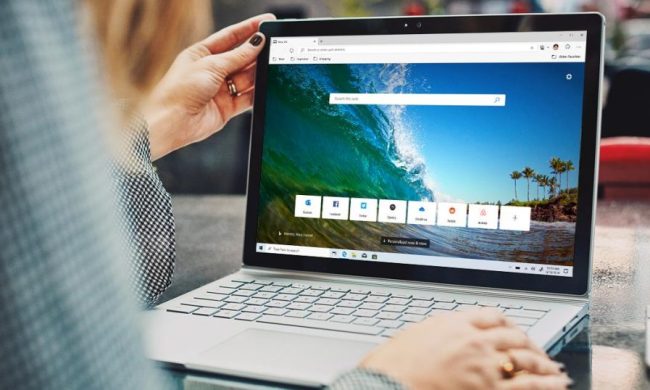
The fourth item on that list is the one that has gotten everyone excited: “Build ad blocking features into the browser.” Based on the slide, this requested feature was supposedly targeted for the next release of Microsoft Edge, and seemingly would make the need for the upcoming AdBlock Plus extension pointless. Both the built-in ad blocking feature and Edge extensions are expected to make their debut in the Anniversary Update (Redstone 1) release slated for this summer.
Unfortunately, when it comes to the built-in ad blocking feature, that will not be the case. Shortly after ZDNet’s report went live, Microsoft Edge engineer Jacob Rossi jumped on Twitter and debunked the report. “We are not building a native ad blocker within MS Edge, but we will support third-party ad blockers like AdBlock and AdBlock Plus.”
In addition to browser extensions, the revealed Build 2016 slide reveals that Microsoft Edge will see Bing Translator baked into the browser. Microsoft is also continuously working on the problem of websites failing to render properly or to work at all within the browser. The company is also working to make favorites easy to manage and organize in the new version.
Currently, Microsoft’s “legacy” browser, Internet Explorer, uses Tracking Protection Lists. This feature allows users to choose which third-party sites can receive their information and track them online. When adding a site to that list, users essentially block content that may compromise their privacy, annoying ads included.
Opera Software made headlines back in early March by announcing native ad-blocking in the Opera browser for the desktop. Because ad blocking takes place on the engine level, the process is much faster than when using a browser extension. This feature is deactivated by default (because, after all, the Internet thrives on ad revenue), and the browser will detect whether ads can be blocked on each website. Users merely click the shield icon to activate or deactivate ad blocking for a specific site.
Apple introduced the ability to install ad-blocking extensions in Safari with the release of iOS 9. Third-party developers are now allowed to develop and sell plugins for the mobile browser on the App Store. This was a big move on Apple’s part, and the company is supposedly suggesting to sites that they build their own apps with advertisements displayed inside.
Removing ads in the browsing experience means a potentially safer environment, less data consumed on mobile devices, and of course faster loading times. While not having a baked-in ad blocking feature in Microsoft Edge may be a little disappointing to some, the good news is that ad blocking extensions are just around the corner, slated to arrive this summer in the Anniversary Update. We’ll likely hear more about extensions as the feature rolls out in the Insider Preview builds of Windows 10.


